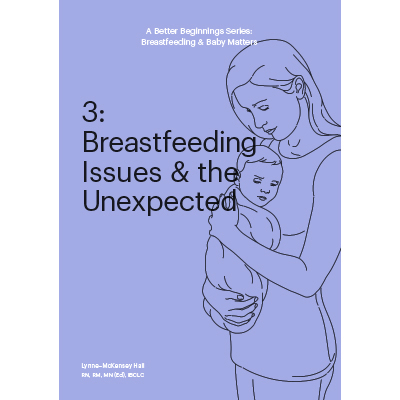
Breastfeeding is the physiologically normal way to feed and nurture our babies. Without the opportunity to watch and learn at the fireside from our mothers and other women as our ancestors did, it’s understandable that unexpected outcomes and issues with breastfeeding and settling can bewilder many breastfeeding mothers.
The most common issues women seek help for are painful nipples, mastitis, reflux, colic, ‘wind’ and an unsettled baby. Painful breastfeeding usually requires simple refining of the positioning and attachment of the baby at the breast. Mastitis in the breast may be the result of damaged nipples, ineffective feeding or too tight a bra and may be preventable.
Reflux, ‘wind’ and colic are common terms bandied about between new mothers. Shrouded in myths and misinformation, these ‘issues’ generally leave mothers overwhelmed and confused about their ability to breastfeed and read their baby’s cues.
At around three weeks of age some babies begin feeding erratically, pulling off and refusing to reattach at the breast. As a woman’s breast milk supply establishes, some experience forceful milk ejections or letdowns causing their babies to pull back from the breast. The babies frequently come on and off the breast swallowing milk and air quickly. often making a ‘clicking’ sound. If there’s no pain, ‘clicking’ isn’t a sign of incorrect attachment, however babies will often bite down trying to slow the flow, creating a situation where nipple pain and trauma can occur.
Anyone observing such a feed usually mistakenly judges the baby as having ‘reflux’ which is physiological normal, or ‘colic’ or ‘wind’ which are words only, not conditions. Mothers may also be told they don’t have enough milk because the baby ‘refuses’ the breast, misinterpreting an insufficient milk supply. Compounding this are comments suggesting your baby is lactose intolerant or allergic to your milk. Breastfeeding and settling becomes even harder if mothers are told the baby ‘needs to burp’ or is being ‘overfed’. No wonder mothers sometimes feel inadequate!
Watching your baby’s cues and helping your baby manage the fast flow and lots of milk is often all that’s needed to help your baby feed effectively and calmly. Leaning back intermittently to slow the milk flow whenever the baby gulps or pulls back can make all the difference. It’s as if the baby is feeding from the school bubbler rather than lying underneath Niagara Falls!
Helping your baby enjoy a calmer feed ensures an effective feed and softens the breast so he can consume more milk to help him settle and sleep more easily.
The essential key to any unexpected outcomes or issues you experience is to seek professional help, as many can be easily resolved early and quickly.
See an IBCLC who can spend the time watching you breastfeed your baby and provide helpful interventions if needed. The information you provide during the consultation will help her direct you to qualified professional medical help if issues related to your supply or your baby require further investigation or solutions. There are always options with breastfeeding, so seek help early. Good luck!
Breastfeeding Issues and the Unexpected is part of an eight part book series Breastfeeding and Baby Matters by Lynne-McKensey Hall IBCLC.
Lynne-McKensey Hall
Lynne-McKensey Hall has over thirty years’ experience in nursing, midwifery, nurse education and lactation management. She now works as an IBCLC in her private practice Better Beginnings in Sydney, Australia. Lynne has just released Breastfeeding & Baby Matters, a series of eight booklets available from Better Beginnings. She is also available for phone 0419 245 966 and Skype consultations. To see all of Lynne’s articles, click here.













